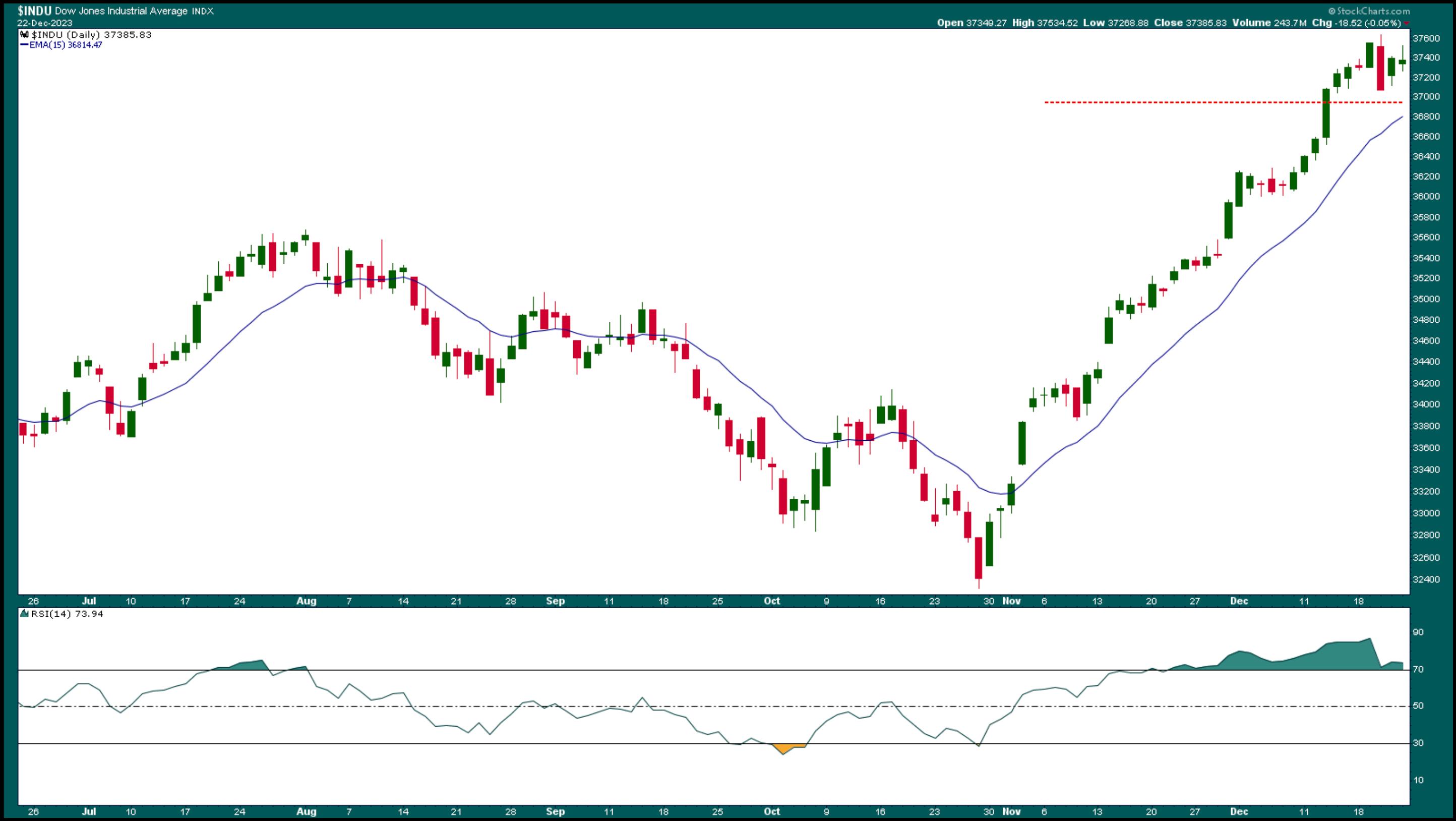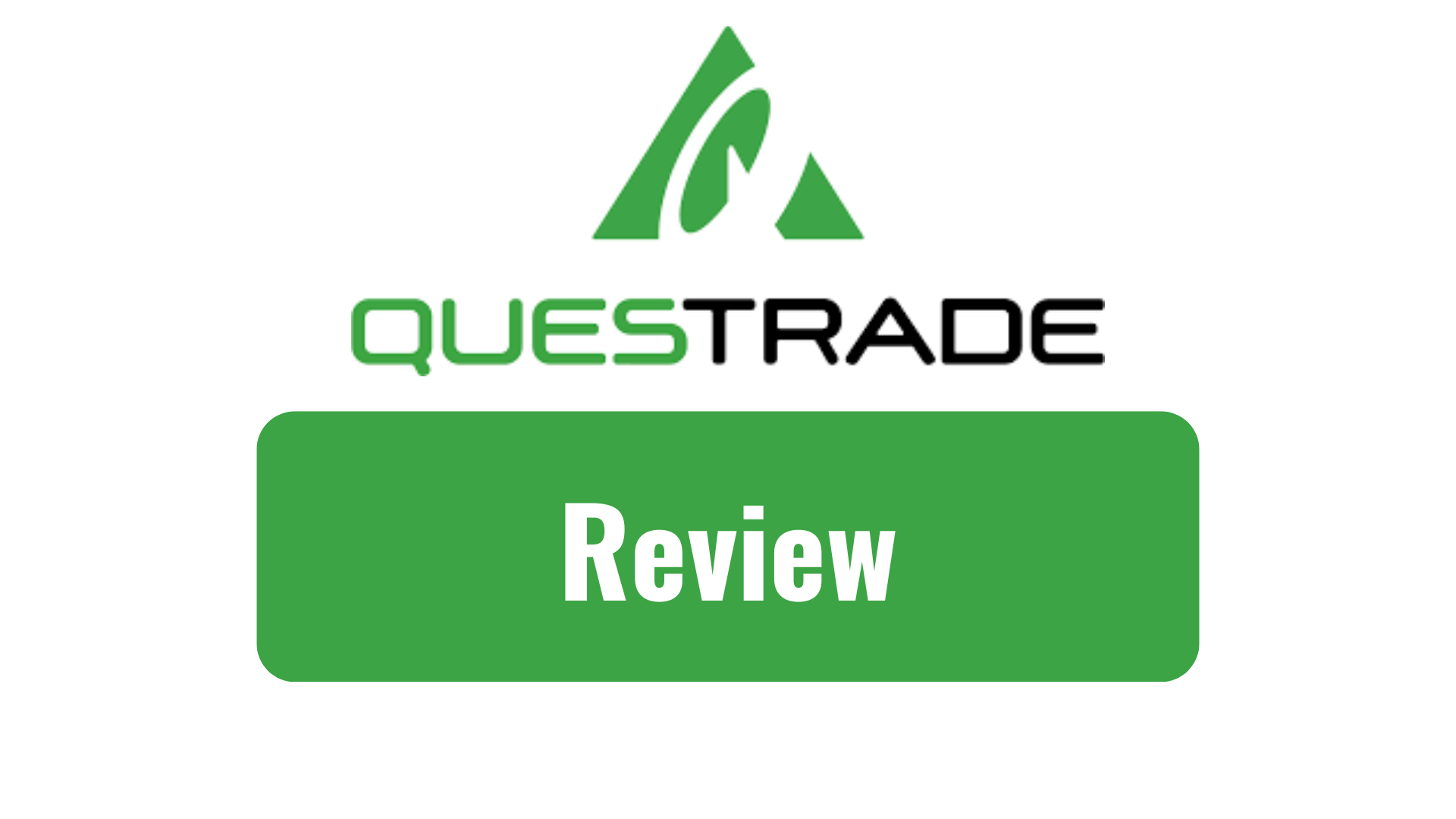KEY
TAKEAWAYS
- Cooling inflation data sends the S&P 500 higher, which is a good start to the Santa Claus rally
- Investors should monitor small-cap stocks and bonds and consider adding them to investment portfolios
- Volatility is low but investors should continue monitoring the VIX to identify changes in investor sentiment
Last week’s statements from Fed Chairman Jerome Powell suggested that interest rate cuts could come soon, which resulted in a sharp rally in the stock market. This was a different narrative from the comments Powell made earlier, in which he suggested it was too early to speculate interest rate cuts.
Revised GDP slowed in the third quarter to 4.9%, and jobless claims rose to 205K. The Personal Consumption Expenditures (PCE) Index for November fell 0.1%. There hasn’t been a decline in this data point since April 2020. Year-over-year, PCE was up 2.6%, which is lower than economists expected. And core PCE was up 3.2% in November, which is lower than expectations but still higher than the 2% Fed target.
Other data shows that personal income and consumer spending rose, further reinforcing the economy’s health. All these data points are positive for the stock market and could move the broader stock market indices higher. If the trend continues, we could see a Santa Claus rally this year.
A Healthy Pullback
Stock market price action on Wednesday made investors jittery, and recession worries resurfaced. But pullbacks can be healthy. If you look at the daily chart of the Dow Jones Industrial Average ($INDU) below, you can see that the relative strength index (RSI) was overbought. Thus, a short-term pullback close to the previous high of just below 37,000 is healthy and an indication the index will resume its longer-term uptrend. So far, even though the Dow Jones Industrial Averaged closed slightly lower, the uptrend is still intact.

CHART 1: DAILY CHART OF DOW JONES INDUSTRIAL AVERAGE ($INDU). The index is still maintaining its uptrend despite the selloff on Wednesday. The previous high, slightly below 37,000, is the first support level to watch. Chart source: StockCharts.com. For educational purposes.
That the RSI dropped closer to 70 suggests momentum faded after the Dow’s nine-day winning streak. Since the Dow’s recent ascent was pretty steep, it’s a good idea to add a short-term moving average as a support level. In the chart below, a 15-day exponential moving average (EMA) was overlaid on the chart of the Dow Jones Industrial Average. The 15-day EMA isn’t too far off from the 37,000 level.
Small Caps Rising
Another area of focus is the price action of small-cap stocks. The January effect is all about small-cap stocks and we’ve seen this group of stocks rise from mid-December. Smaller companies benefit from a lower interest rate environment, since borrowing costs are lower. The daily chart of the S&P 600 Small Cap Index ($SML) below shows that small caps are trading at their yearly highs. If economic conditions sustain their current trend, 2024 should be a good year for small-cap stocks.

CHART 2: DAILY ONE-YEAR CHART OF S&P 600 SMALL CAP INDEX ($SML). Small caps have been shining since November, mainly because of lower interest rates. Small-cap stocks tend to perform better in January. Chart source: StockCharts.com. For educational purposes.
The Bond Market
Bond and stock prices are generally negatively correlated. Bond prices have risen since mid-October (see weekly chart below of iShares 20+ Year Treasury Bond ETF), which shows that Fed monetary decisions are affecting the financial markets. A higher interest rate environment made equity investors reluctant to buy stocks. But now that Treasury rates show signs of reversing, conditions are stabilizing.

CHART 3: BOND PRICES ARE RISING. After struggling for several years, bonds may be starting to show their value. But it’s too early to tell if the uptrend will be long-term. Look for a break above the 105 level. Chart source: StockCharts.com. For educational purposes.
Treasury yields and bond prices move inversely, so with Treasury yields dropping, it’s no surprise that bond prices are rising. However, bond prices still have to go much higher before trending higher. A break above the 105 level would be positive for TLT and an indication to allocate a slightly larger portion of your portfolio to bonds.
Now that inflation is cooling, the US dollar is moving lower (see chart below). The monthly chart shows that even though the US dollar is falling, it’s still high. If it continues lower and hits the July 2023 low, it could be an additional catalyst to send stocks and bonds rallying higher.

CHART 4: THE US DOLLAR IS FALLING BUT STILL HIGH, RELATIVELY SPEAKING. If inflation continues to cool, the US dollar could fall further, which could be bullish for stocks and bonds. Chart source: StockCharts.com. For educational purposes.
Stock Market Volatility
With inflation abating, investors have become more complacent, as indicated by the CBOE Volatility Index ($VIX) trading around 13. A low VIX suggests that investors aren’t fearful and are willing to invest in riskier assets. There’s not much concern about portfolio hedging.

CHART 5: LOW VOLATILITY MEANS INVESTORS ARE COMPLACENT. Although the CBOE Volatility Index shows that investors aren’t worried about hedging their portfolios, investors should watch this index as it can indicate a shift in investor sentiment. Chart source: StockCharts.com. For educational purposes.
But that can change, so investors need to keep an eye on the VIX. It tends to spike, and any signs of it moving out of its comfort zone should be a signal that perhaps things aren’t going to be optimistic for too long. It may not happen for a while, but it’s something to watch.
The stock market went through interesting ebbs and flows this year. There’s no telling what 2024 will be like, but you can stay on top of the stock market action using the tools available at StockCharts.com.
Happy holidays from the StockCharts team.

Disclaimer: This blog is for educational purposes only and should not be construed as financial advice. The ideas and strategies should never be used without first assessing your own personal and financial situation or without consulting a financial professional.

Jayanthi Gopalakrishnan is Director of Site Content at StockCharts.com. She spends her time coming up with content strategies, delivering content to educate traders and investors, and finding ways to make technical analysis fun. Jayanthi was Managing Editor at T3 Custom, a content marketing agency for financial brands. Prior to that, she was Managing Editor of Technical Analysis of Stocks & Commodities magazine for 15+ years.
Learn More





